Importance of Crisis Communication: X-Press Pearl and Sri Lanka Tourism
I skip the conventional introduction on Sri Lankatourism and its significance since we all have read much about it. Impact of the pandemic on Sri Lanka tourism also seems to be falling behind after seeing hundreds of newspaper articles and dozens of webinars under the same topic. I would rather pick up a fresh umbrella topic which was also touched by many previous writers and webinar speakers to revitalize Sri Lanka tourism: ‘Tourism Destination Recovery and Resilience’. With the latest developments in Sri Lanka’sWestern coastal belt, the brand ‘Sri Lanka Tourism’ is ‘Out of the frying pan into the fire’. Hence, discussing few important points with respect to ‘Crisis Communication’ deemed to be necessary since it is something Sri Lanka tourism missing badly during the last decades.
The X-Press Pearl had been carrying 25 tonnage of nitric acid, along with other chemicals and cosmetics, when it caught fire on 20th May 2021. But other effects cannot be easily cleaned – or even seen. According to ‘The Guardian’ (04/05/2021) the ship was carrying a whole array of hazardous chemicals: nitric acid, used for explosives; epoxy resins, used for paints and primers; and ethanol and lead ingots, used for manufacturing vehicle batteries. Many of the ship's 1,486 containers tumbled into the sea before the huge blaze was put out earlier last week, BBC reports. There had been other products, too: caustic soda, lubricating oils, aluminum byproducts, polyethene used for grocery bags and packaging, cosmetics and even food items (The Guardian).
Out of the Frying Pan into the Fire: X-Press Pearl and how International media reported it
It is not clear whether Sri Lanka Tourism ever had a “Tourism Resilience Policy” to safeguard the industry to encourage andspeed-up tourism recovery during a crisis situation like this. Thus, it is important to follow the famous crisis management model in the world: Prevention, Preparedness, Response and Recovery. After the first explosion reported from X-Press Pearl, international media caught the news and gave sufficient publicity about this incident with many devastating photos and live footages.

British, Indian, American, German, Chinese, Russianand Middle Eastern media were in the forefront in this regard. During the last couple of days/weeks many international media channels started reporting and disturbing photos containing the dead fish (including dolphins) and sea turtle floated to the Sri Lanka coast. It is also important to mention that these are top 10 tourist generating countries to Sri Lanka that bring us millions of US $. The international media keep on quoting the Sri Lankan experts, local news agency reports and photos, which should not be happening at this magnitude as long as destination image is concerned.
I did a quick research on how international media reported the incident and made an attempt to assess how it might affect Sri Lanka tourism in the short run. It is stressing to see that most of these international media have clearly mentioned the adverse impact on Sri Lankan golden beaches, marine life and environment. Some mediahaveeven predicted a possible disaster in Negombo lagoon which is also famous for boat safaris to observe the mangroves and aquatic life. I quote few key phrases used by international media in the following table.
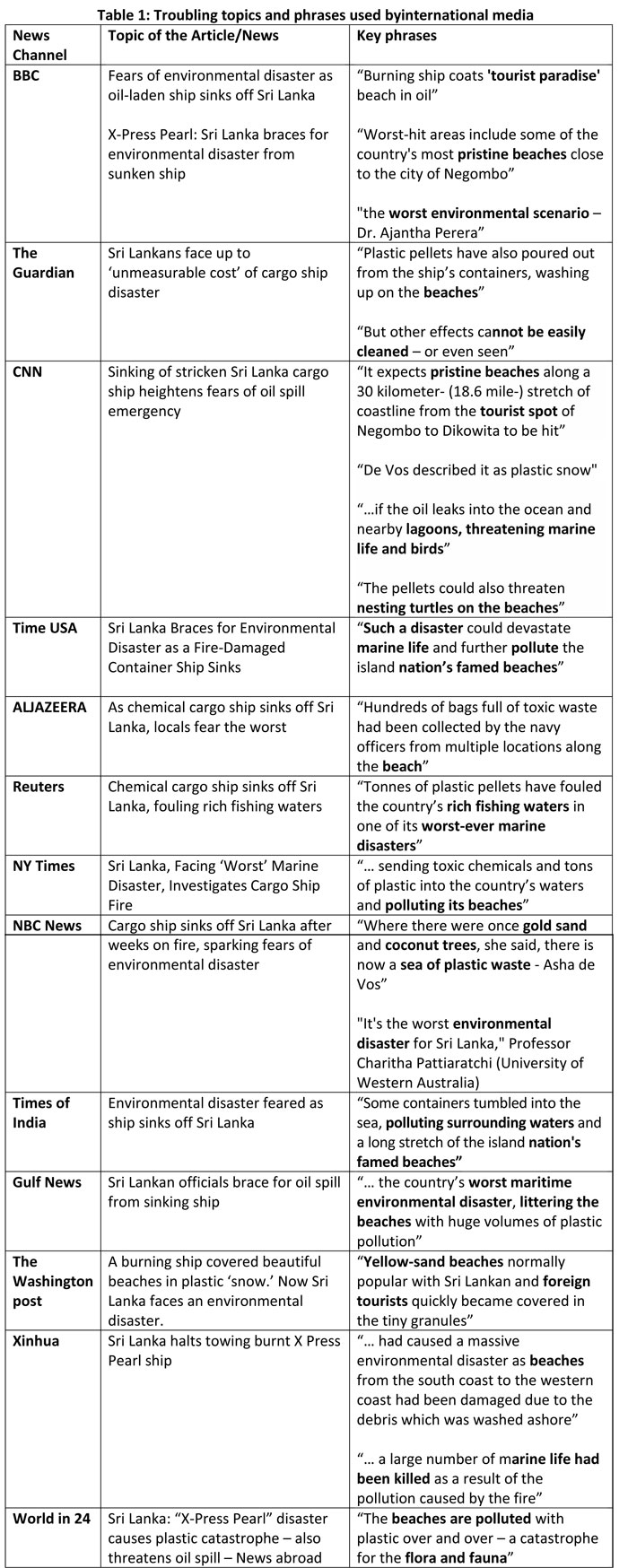
Whales and dolphins frequent in the ocean, and the coastal belt also provides a nesting ground for sea turtles: out of the seven types of sea turtles in the world, the Sri Lankan coast welcomes five of them. As the cargo vessel caught fire, images of fish, moray eels, rays and turtles were washed up on the beaches were circulated on social media.It is obvious that these type of photos will affect the destination image of Sri Lanka and its reputation as a pristine beach destination. The tourists will start comparing Sri Lankan beaches, marine life and other flora and fauna, before and after the disaster hence might move to other competing destinations to spend their vacations. Thus, we need to have some discipline in social media when reporting this type of incidents which quickly grab the attention of the international media.
Distressing images that being circulated in social media about marine life

Disaster Management and Crisis Communication
This is quite similar to what happened during the 2004 Tsunami disaster, which earned an uncontrollable huge negative publicity, during which the international Tour Operators had asked their country representatives in Sri Lanka whether Sigiriya also got affected. This signifies the importance of having a well-established ‘Crisis Communication’ system, under the direct control of the Sri Lanka Tourism Development Authority. It is also hard to understand the silence of Sri Lanka Tourism Promotion Bureau’s strong marketing network, which should be defending Sri Lanka tourism right now against these negative publicities.
It is true that Sri Lanka has to provide timely and accurate information about the latest developments of the incident to their stakeholders through the established communication channels. On the other hand, the experts in the field must have the access to assess the disaster and provide concrete conclusions which is also their responsibility. However, as long as the tourism industry is concerned we are out of the frying pan in to the fire.
Simultaneously, we need to think deeply about what kind of negative repercussions it might bring in. Thus, it is strongly recommended to call for a stakeholder meeting by the National Tourism Organization and initiate a discourse on ‘Disaster Management and Crisis Communication’. The stakeholders should include: tourism authority, politicians, emergency services (police, fire, ambulance and other services), marine biologists,tourism academics, sectorial associations (regional, state/provincial and national levels), non-government organizations, social welfare/recovery personnel, owners/managers of at risk facilities, experts/technical advisors, industry representatives, airport and port representatives, utilities operators (gas, electricity, water, etc.), hospitals, community action/interest groups and media.
COVID-19, X-Press Pearl &Destination Rebranding
Apparently, almost all the international marketing and promotional campaigns have come to a screeching halt due to the pandemic. It has been more than one and half years since the first COVID-19 patient was reported from Sri Lanka and I believe it is time to resume our marketing and promotions more aggressively. While our neighboring destination, Maldives, has received around 450,000 tourists in this year (as of 31st May 2021), we are still struggling to get the tourism service providers vaccinated. Sri Lankan travel bubble concept has both merits and de-merits. However, we are yet to see the results of this pilot project. It is also apparent that we are not going to get tourists for the Summer 2021, however, if this continues in Winter 2021, we cannot stop tourism investors and employees further leaving the industry. It is also important that we should not let our repeating and potential tourists to forget the beauty of Sri Lanka. At this juncture, images of Sri Lankan polluted beaches and negative news about the X-Press Pearl disaster are not really helpful.
Sri Lanka is famous for pristine beaches and abundance of flora and fauna. International media that stress on the possible damages to the beaches and Sri Lankan flora and fauna chase the potential tourists further away from Sri Lanka. ‘Destination Rebranding’ sounds an alternative approach for which Sri Lanka Tourism must pay attention to. Since ‘Sri Lankan Destination Image’ is greatly affected by the outbreak of pandemic plus “X-Press Pearl” cargo vessel incident, we must look foralternative options to win our potential tourists back. Unlike the previous extravagant marketing campaigns launched with foreign agencies, Sri Lanka Tourism must invite local tourism experts, professionals and academia to identify the ‘Unique Selling Proposition’ for Destination rebranding with the support of alternative tourism. Accordingly, we should introduce a new tourism tagline, a logo and develop alternative tourism products off the shore.
We can further get the support of millions of tourists who visited Sri Lanka during the last decade to stand with us at this very crucial moment. Thus, I request all the hoteliers, travel agencies, tourist guide lecturers and other tourism service providers to write back to your former clients and gear up the positive ‘Word of Mouth’ marketing based on their experience with other potential tourists at the proper time. It is also important to acknowledge others that how strong we are when tested and also remind them how we recovered after combatting the most terrifying terrorist group in the world, LTTE and the cowardly Easter Sunday attack.The Sri Lankan diaspora also has a leading role to play during these turbulence times. In order to rebuild the confidence on Sri Lanka, they can tell their neighbors and friends to keep trust in Sri Lanka. Furthermore, the diaspora can share the beautiful stories about Sri Lanka, the hospitality of its people, incomparable natural beauty etc. using their personal social media spaces. Top of that Sri Lanka tourism must issue an official statement explaining “X-Press Pear” cargo vessel incident, its impact on Sri Lankan marine environment and coastal area, what measurements have been taken to minimize the damages and our strategies to prevent further occurrences of this sort of unfortunate events.These types of actions will be helpful to dilute the negative repercussions of the international media reports.
 Dr. Manoj Samarathunga
Dr. Manoj Samarathunga
(Tourism Academic and Consultant)
Faculty of Management Studies
Rajarata University of Sri Lanka
The author can be reached through: manoj.susl@gmail.com
-
Still No Comments Posted.



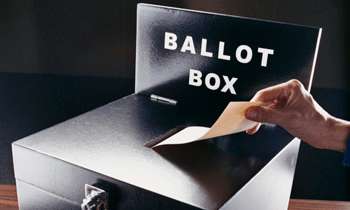

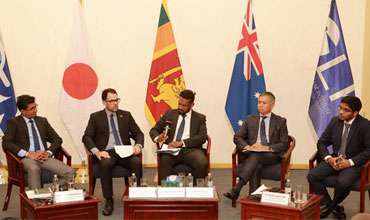

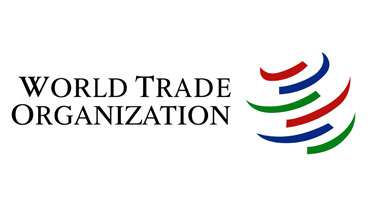
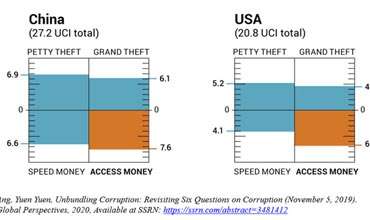

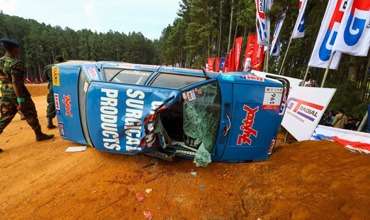
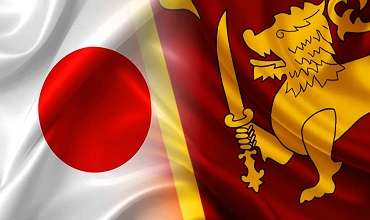


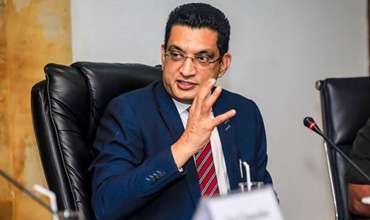

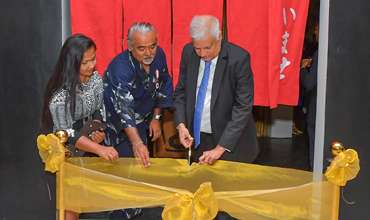

Leave Comments